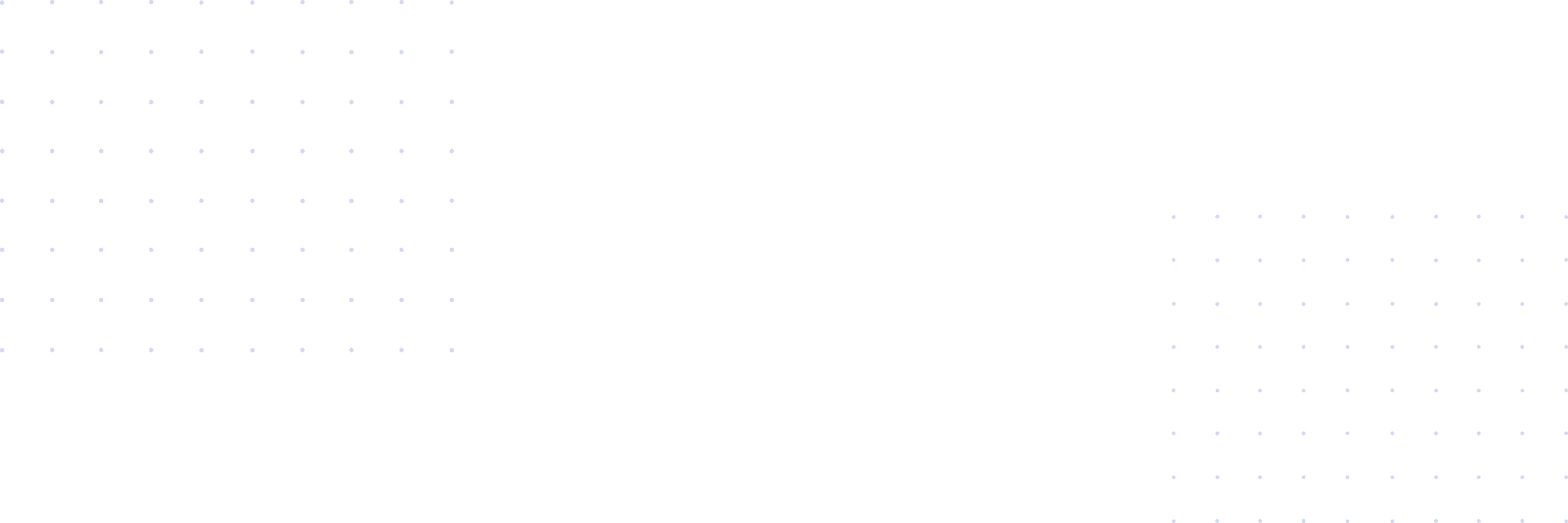Two very common ways to begin saving are with a savings account and savings bonds. While both are very low-risk ways to save money, they do have different characteristics and offer different potential returns that make each better suited to certain situations.
When it comes to saving money, every little bit helps. However, with so many different ways to save and invest, it can be confusing to decide which path is right for you.
With that in mind, let’s take a look at the pros and cons associated with savings accounts and savings bonds so that you can make an informed decision when it comes to investing.
Saving Bonds vs Savings Accounts
How a Savings Account Works
Many of you probably got your first savings account as a kid, when your parents opened one in your name so they could teach you what a savings account is and why it is important to have one. As adults, many of us still hold a savings account to keep our funds safely deposited in the bank while also earning a small amount of interest on our money.
When depositing your money into a savings account, you can be certain that it is always safe and immediately accessible. However, that safety and liquidity does come with trade-offs as the interest rates offered on savings accounts are typically quite low when compared to other forms of investment.
Deposited Funds Are Always Safe
Once your funds are deposited, the bank uses that cash to then lend money to other bank patrons for things like mortgages and loans. A portion of the interest that they are paid on that money is then passed on to you in the form of interest.
Now, just because your money has been lent to someone else doesn’t mean it’s inaccessible to you. Because the law requires banks to have a certain amount of cash available, depositors will always be able to withdraw their funds when they need them.
In addition, the Federal Deposit Insurance Corporation (FDIC) protects depositors by insuring all accounts up to $250,000. So, you are guaranteed to never lose your investment when placing your money in a savings account.
How Savings Bonds Work
While a savings account is perfect for both short-term and long-term saving, savings bonds differ in that they are only suited for investing for the long-term.
Like savings accounts, savings bonds are considered quite safe investments as well. But they do come with a bit of risk. If the bond issuer goes bankrupt, the bondholder will not be able to recoup their investment.
Because of this increased risk, and the fact that your funds are tied up for a fixed period of time, you are able to receive a higher interest rate on your investment.
In essence, when purchasing a savings bond, you are effectively lending the issuer money in exchange for the promise that you will receive a predetermined amount of cash back once the bond has reached maturity.
In order to invest your cash into savings bonds, you must purchase them from an issuer. This purchase is made at a particular face-value price and at an established interest rate.
How and Where to Buy Bonds
Bonds can be purchased from many sources including the United States government, corporations, and municipalities. Each of those classes comes with different amounts of risk and rates of return.
The savings bonds issued by the government are considered to be the safest. They can be purchased directly from the government through TreasuryDirect.
Two of the most well-known government bonds are the EE and the I savings bonds. EE bonds earn a fixed rate of interest for a period of up to thirty years, whereas, according to the TreasuryDirect website, the interest that you earn on an I bond will be a “combination of a fixed rate that stays the same for the life of the bond and an inflation rate that is set twice a year.”
Penalties Associated With Savings Bonds
As previously mentioned, investing in savings bonds requires a long-term commitment, because when you buy a bond, you are obligated to hold on to it for a specified amount of time. After that mandatory non-redemption period has elapsed, you will still likely incur a penalty if you choose to redeem your savings bond before it has reached maturity.
For example, while you can cash in an EE bond after one year, you will lose out on the last 3 months interest if you opt to redeem it before 5 years have elapsed.
Evaluate Your Situation to Make Wise Investments
Savings bonds and accounts both have pros and cons, and each has their place in a well-rounded savings plan. Because both are generally safe forms of investment, what it really comes down to is carefully evaluating your financial situation to find the balance that is right for you.
By looking at your finances, you will be able to decide how much cash you need to keep tucked away in your savings account for easy access when you need it and how much you can afford to tie up for the long-term in savings bonds in order to earn a better return.
Through this combined investing effort you will be able to enjoy the safety afforded by a savings account while also reaping the rewards that come from investing in savings bonds.






